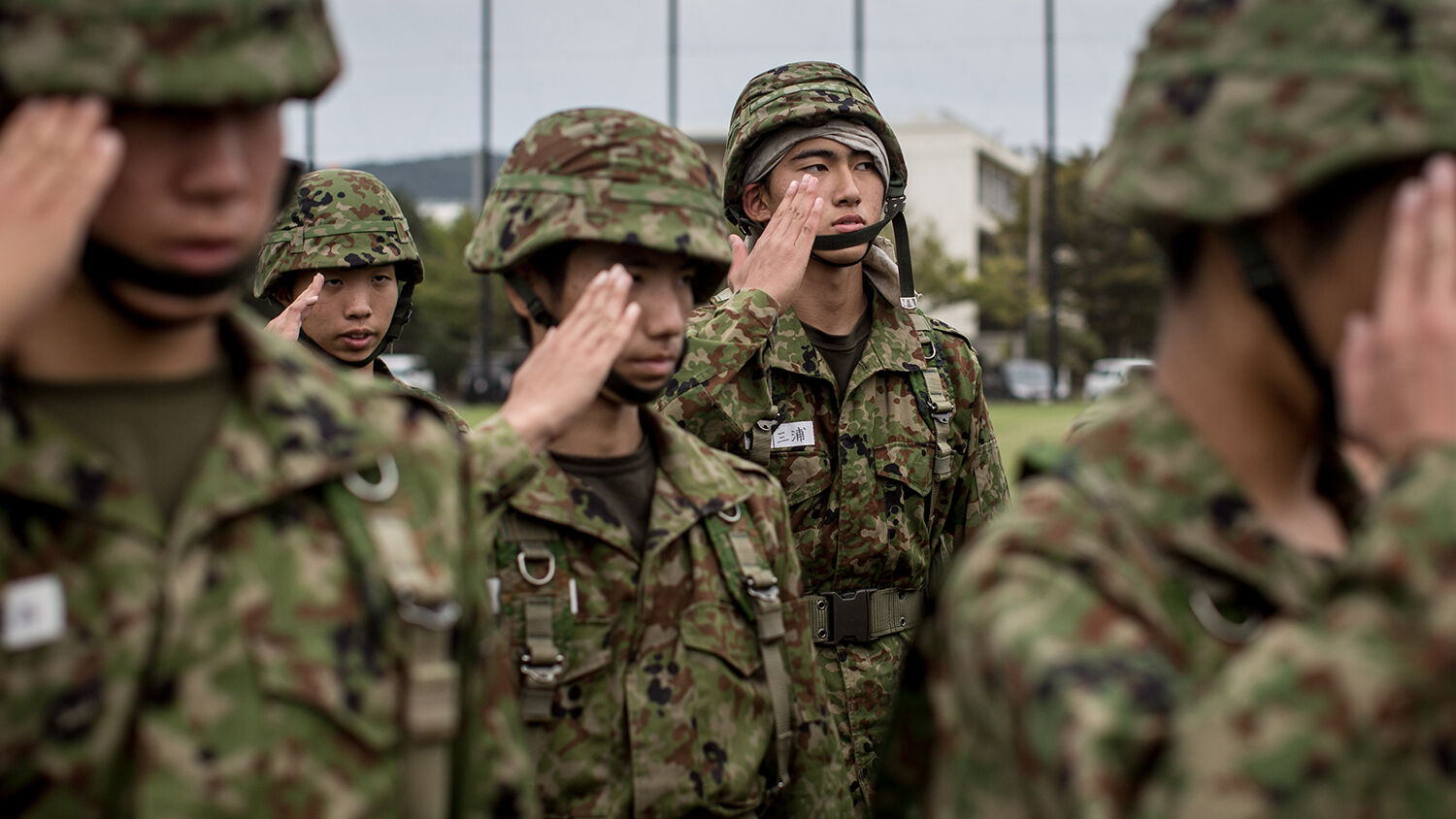
Japan Throws Off Its Defense Spending Limits
At the beginning of March, Japanese Prime Minister Shinzō Abe announced that he would no longer keep to the 1 percent of gross domestic product limit on defense spending. Because Abe announced the change to the Japanese Diet with such little ceremony, English-language coverage was nearly nonexistent. In fact, at the Trumpet, where we monitor Japan’s march toward militarism, it took nearly a month for us to notice.
Japan’s 1 percent policy has been a powerful restriction on its military ambition for decades. Although, that economic threshold hasn’t stopped the supposedly “pacifist” nation from being ranked, in some cases, in the top five military powers of the world.
“The 1 percent policy (which is not law),” wrote the Diplomat, “was, next to the Constitution itself, one of the most tenacious obstacles restricting meaningful defense reform in Japan.”
Its origins, stretching back to 1976 and reflecting a Japan seeking to halt runaway Cold War defense expenditures, worked for Japan’s own particular situation and era; that of a Japan which turned toward a Japan-based U.S. forward presence as a main deterrent to the Soviet Union, abstaining from both expensive standing armies and pricey nuclear forces. Times have clearly changed.
“America is continuing to demand that nato countries boost their defense spending to 2 percent” of gdp, Takeshi Iwaya, a Japanese politician, told Bloomberg. “We imagine that there will be pressure on Japan to make a bit more effort on defense. Considering that the situation is getting a lot worse, we should make an effort without waiting to be told to do so by the U.S.”
Even if one had wanted to change the 1 percent policy in the past, it was tricky because of Japan’s budgetary process. Before a budget is approved, it has to go through the Ministry of Finance. This stuffy and predictable ministry usually receives an updated budget, considers it, rejects the unusual changes, and hands it back to the Diet. No drastic changes got passed it.
This time, wrote the Diplomat, “Abe has an ace in the hole” (emphasis added):
[H]is deputy prime minister, and former prime minister himself, Tarō Asō, doubles as his finance minister, head of the Ministry of Finance. With such influence at his disposal, it is likely Abe is now able to place significant pressure on the Ministry of Finance after the cabinet submits its budgets. This helps explain the notable changes in Japanese defense spending regarding budgets under the Abe administration, despite the 1 percent limit.
With the 1 percent limit removed, Abe has an open door to make changes his party has been trying to convince the public of for years. Already, on March 29, a policy research group suggested to the Japanese Diet that it “should arm itself with long-range offensive weapons” instead of the inadequate defensive weapons.
Why does the Trumpet monitor these small shifts in Japanese policy that English-language news outlets cover sparsely? Because of forecasts the founder of its predecessor, the Plain Truth, Hebert W. Armstrong made as far back as the 1970s. He predicted that Japan would awake from its postwar slumber, cast off the pacifism the U.S. imposed on it, and return to formidable militarism. In the March 1971 Plain Truth Mr. Armstrong wrote:
Japan today has no military establishment. … But we should not lose sight of the fact that Japan has become so powerful economically that it could build a military force of very great power very rapidly.
Today, Japan is still an economic powerhouse and could build its forces quickly. The difference in 2017 is that it already has a military establishment—and one that no longer has its 1 percent limit.
